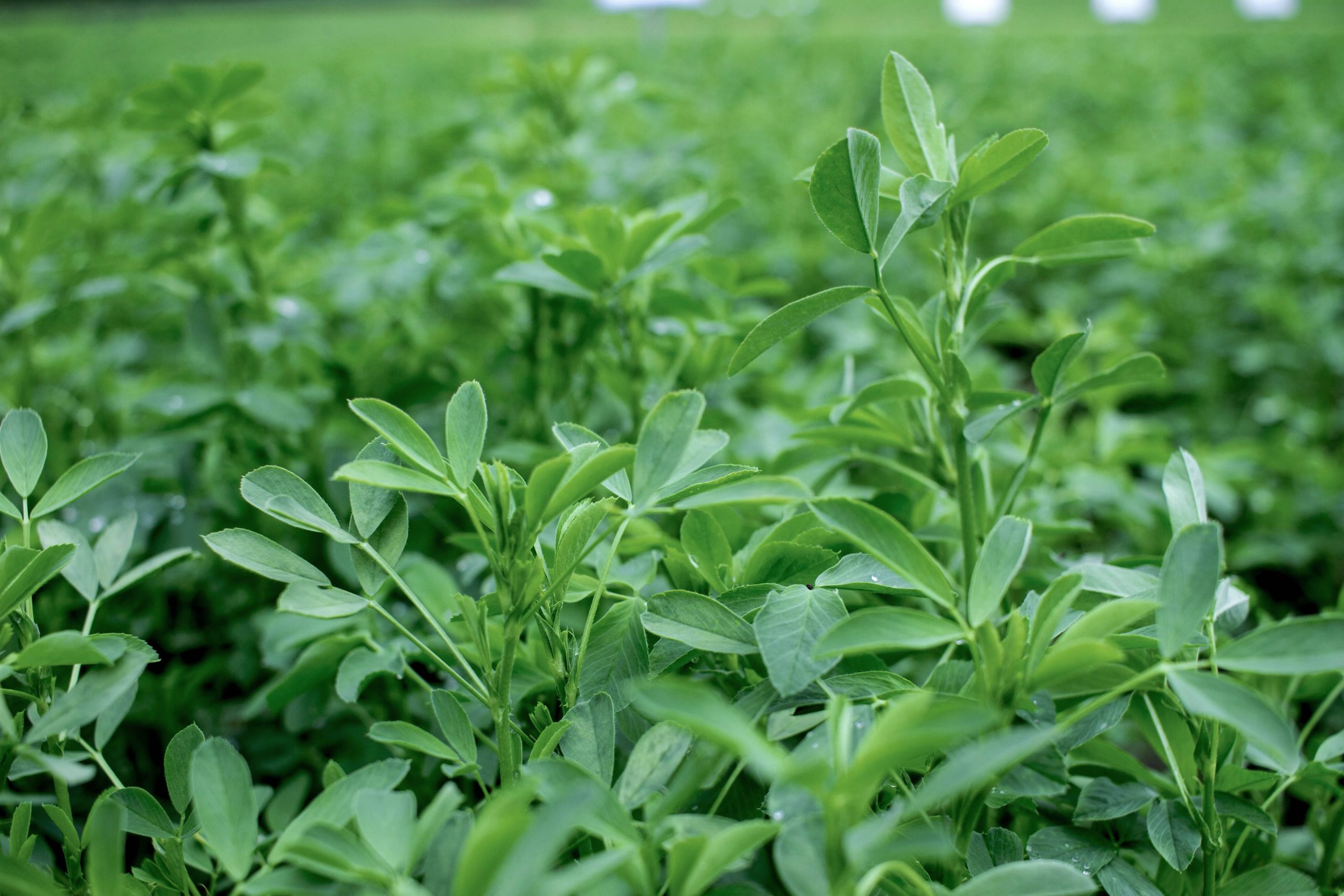A High Plains pest problem comes to light

As winter plods along—come Spring and gopher mounds—homeowners and farmers find themselves playing a familiar song—fiddling while Rome is burning.
Let’s make a mountain out of a molehill.
Those mounds on your lawn and pasture could be moles, but they’re more than likely gophers; Plains Pocket Gophers to be pragmatic—Geomys bursarius to be scientific.
These rodents dig and chew, and the damage they can do goes beyond the mounds we mow over. Iowa State University cited a study in Nebraska showing a 35% loss in irrigated alfalfa fields due to the presence of pocket gophers; the number jumped to 46% in decreased production of non-irrigated alfalfa fields.
The internet is replete with academic research from coast-to-coast on how to curtail gopher populations, or at least control them. Kansas State University—then called Kansas State Agricultural College—also published a book [Bulletin 152] in February 1908 focused exclusively on the pocket gopher.
State and county governments throughout the Midwest even offered a monetary bounty for every gopher scalp submitted to a designated government official at the turn of the 20th century.
Needless to say, pocket gophers are not a new issue in this country, but they could be for personal property or an agricultural operation.
There is no shortage of opinion about what to do, if anything, and yet many choose to do nothing; this doesn’t impede infestation, it simply exacerbates it. Gophers do math, only they don’t add—they multiple.
In a single breeding season, a mature-bred female can introduce three-to-six new gophers per litter; some ecosystems allow for as many as two breeding seasons per calendar year.
While poisoning is an option, studies show that less expensive, longer term, more environmentally compatible options can include crop rotation, flood irrigation and trapping.
Of trapping, the 1908 Kansas State Bulletin reports, “Although somewhat slow, there is no surer method of ridding one’s premises of pocket gophers than by trapping.”
Whatever producers, operators, owners, and investors choose to do, education is key. The answer could be doing nothing, but it could also be doing something that invests time-and-money in the short-term for a long-term payoff.
The Kansas State bulletin summarizes it well, “expending dimes saves dollars.”
Nicholas A. Waters is a licensed nuisance wildlife control operator in Oklahoma, and a published author. In addition to earning a bachelor’s degree in communications from the University of Oklahoma, he is also an Oklahoma FFA Association State Degree recipient. He lives in Oklahoma with his wife and five children on a 139-year old homestead. He can be contacted at (405) 238-1717.



